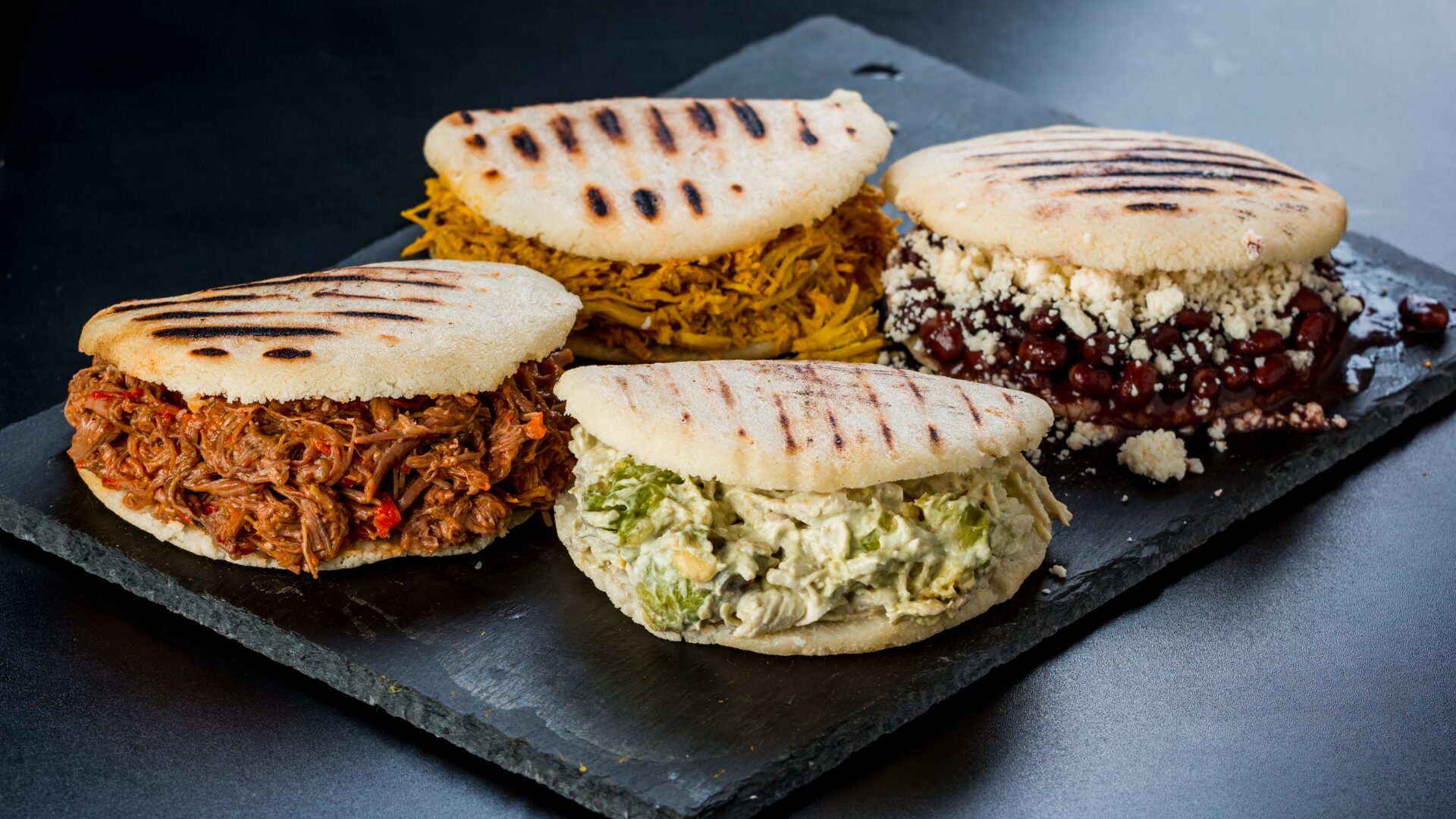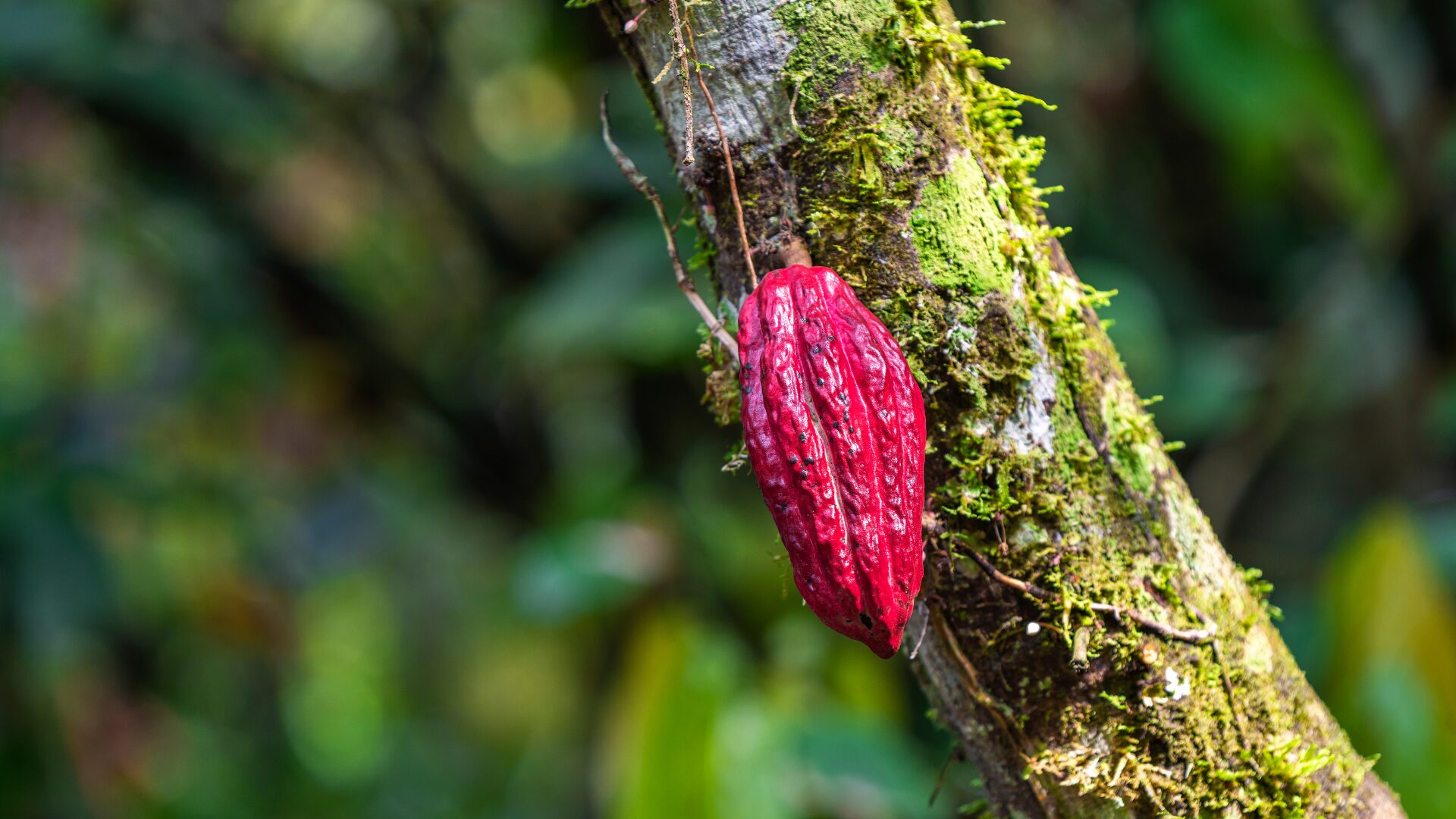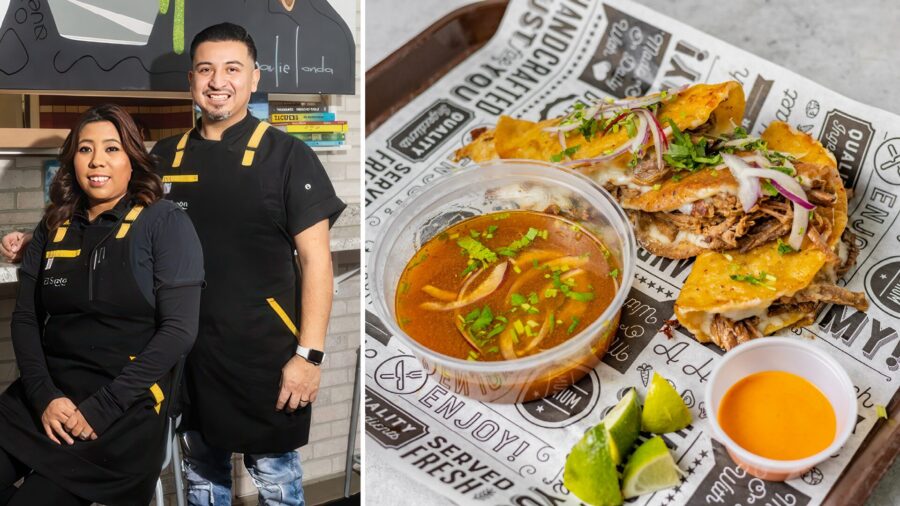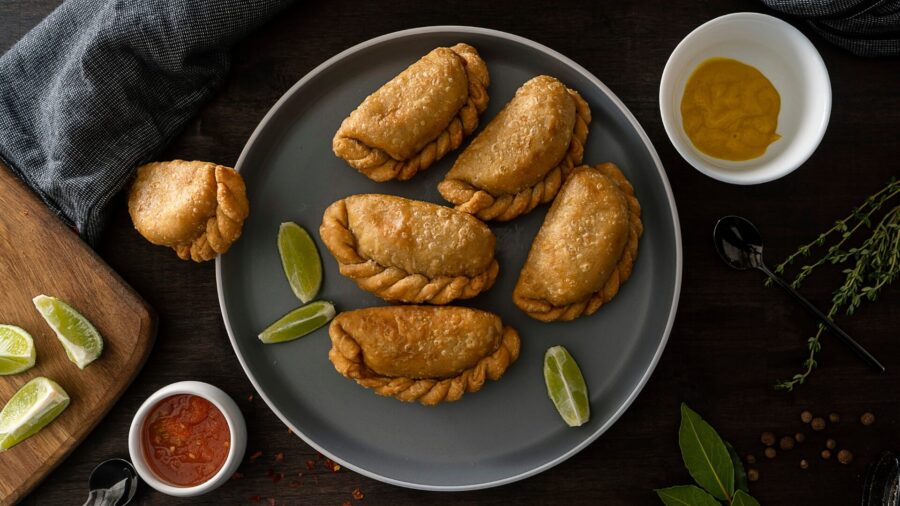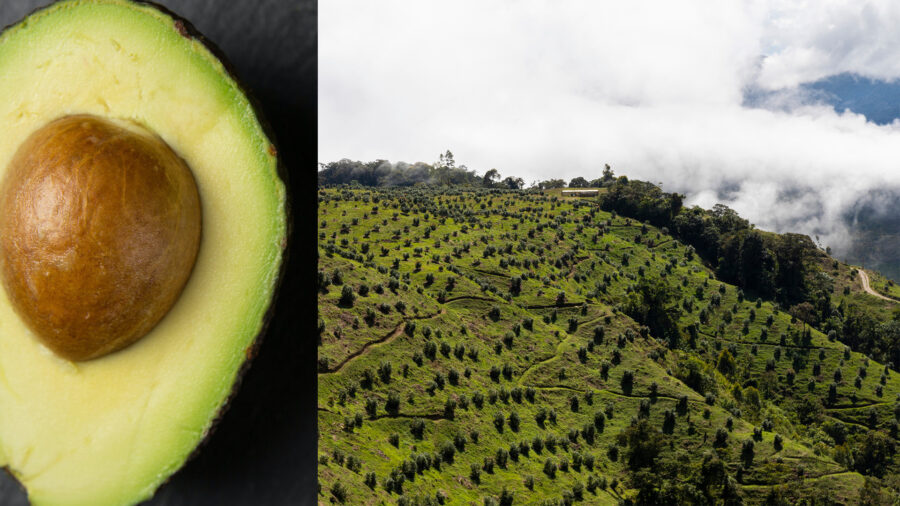America is a melting pot filled with diverse backgrounds and, of course, countless unique dishes. If anything unites the nation in 2024, it’s a love of food.
And, while food is important, the main objective behind many dishes is the rich culture and the stories derived from them.
Arepas, for example, have become beloved. Arepas – flatbread dishes which can be grilled, baked, or fried – are a staple of both Colombian and Venezuelan cuisine and can be eaten at any meal. They can be filled with a variety of ingredients, such as shredded beef, cheese, chicken, tuna, beans or plantains, and each region has its own version.
Arepas are more than just a food item, they hold cultural and social significance. They’re often associated with family gatherings, celebrations, and daily life.
Although each country uses corn dough to make arepas, each believes there style is the best. However, Colombian and Venezuelan have kept the tradition alive and brought arepas to people all over the world.
History Lesson
Arepas originated with indigenous tribes in Colombia and Venezuela during pre-Columbian times. Indigenous peoples in the region were cultivating maize and preparing arepas long before the Spanish arrived. With the arrival of the Spanish in the 16th century, the consumption of arepas blended with European culinary traditions. The word “arepa” is believed to have originated from the Indigenous term ‘erepa’, meaning corn.
In the 20th and 21st centuries, arepas gained widespread popularity beyond South America. The introduction of pre-cooked corn flour known as masa harina or Harina P.A.N. in Venezuela have made the preparation of arepas more convenient, contributing to their rise in popularity.
Today, arepas have become a staple in the diet of many Venezuelans and Colombians, and have expanded to communities around the world, enjoyed in restaurants and food trucks.
Adding arepas to restaurants and food manufacturing lines can be a smart move to diversify offerings and attract new customers.
The popularity of different flavors and variations of arepas can vary based on regional preferences and trends. However, several popular and trending options are loved by consumers:
Traditional Variations
- Arepa de Queso: Stuffed with cheese or with cheese mixed into the dough.
- Arepa Reina Pepiada: Filled with a creamy mixture of shredded chicken, avocado, and mayonnaise.
- Arepa de Pabellón: Filled with shredded beef, black beans, sweet plantains, and cheese.
- Arepa de Choclo: Made from sweet corn dough, often served with cheese.
Contemporary and Fusions
- Arepa with Pulled Pork: Filled with seasoned, slow-cooked pulled pork.
- Arepa with Vegan/Vegetarian Fillings: Options include fillings like grilled vegetables, avocado, black beans, tofu, or vegan cheese.
- Breakfast Arepa: Filled with scrambled eggs, bacon, and cheese or avocado.
- Spicy Arepa: Filled with ingredients such as chorizo, jalapeños, or hot sauce.
Regional and Specialty Variations
- Colombian Arepas – Include Arepa de Huevo (filled with an egg, often deep-fried, and Arepa Antioqueña (plain and often served with butter and cheese).
- Venezuelan Arepas – Include Arepa Andina (made with wheat flour), and Cachapa (made from fresh corn batter).
By offering a mix of these traditional, contemporary, and innovative variations, restaurants and food manufacturers can cater to a wide range of consumer preferences and tap into current culinary trends.
James Beard Award-winning chef Jose Andrés will soon bring arepas to the streaming platform MasterClass in a 3-part original series that will not only show arepa cooking techniques but explore the rich history of the dish.
In the series, Andrés will teach the significance that the dishes have in bringing different groups of people over generations together, inviting them to discover how food is meant to be shared and used as a connection point.
Andrés appreciates the many ways the immigrant-influenced culinary items, like arepas, continue to thrive.
“Food has an incredible way of bringing people together,” Andrés said. “The recipes we make are full of rich history and stories, all we need to do is listen.”


